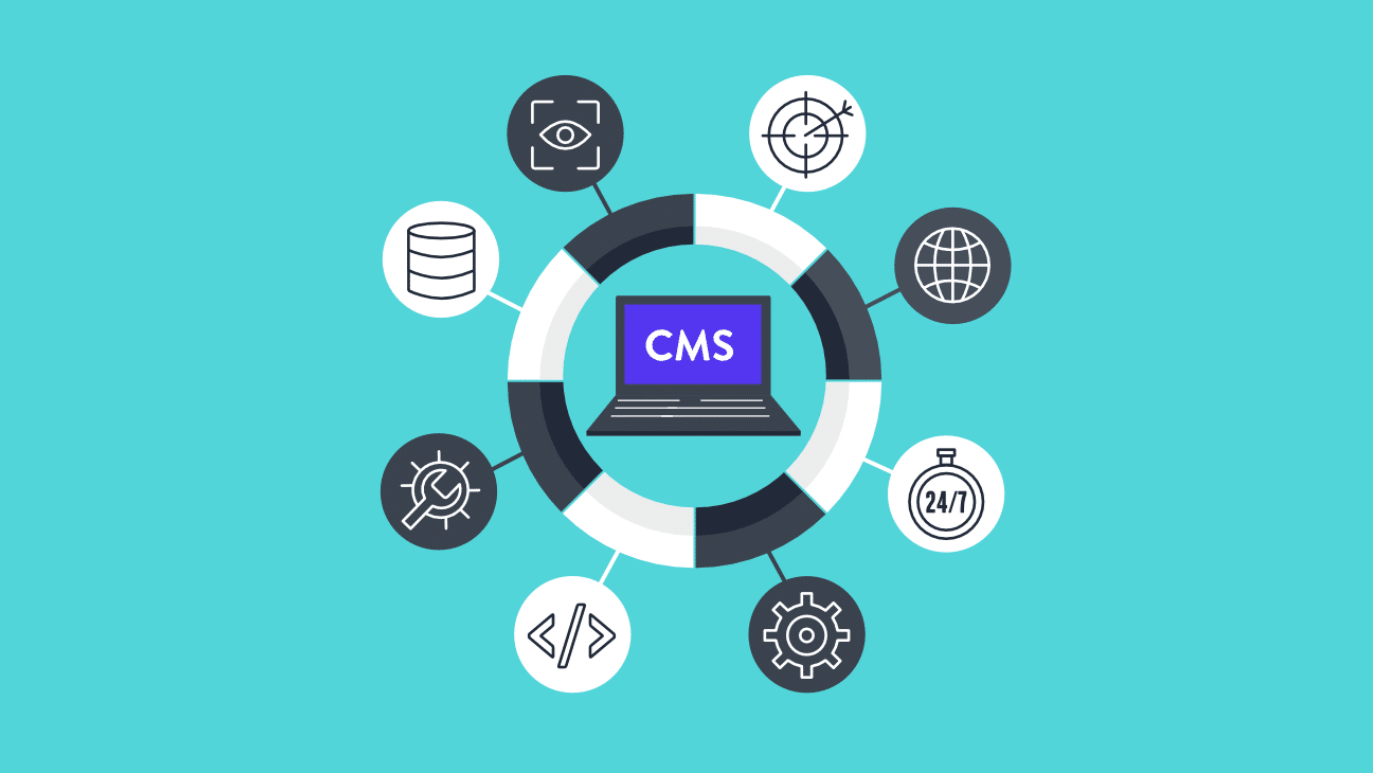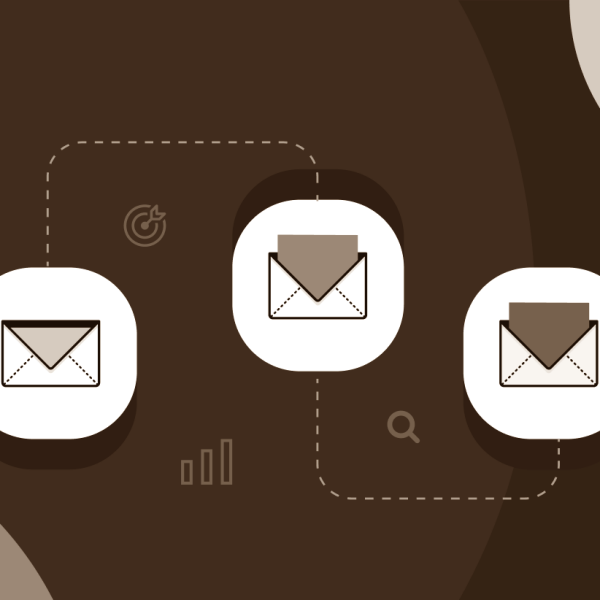
Today, brands are expected to deliver seamless content experiences across websites, mobile apps, and a growing number of channels and devices. That’s where the debate around headless CMS vs traditional CMS comes into focus. While traditional CMS platforms bundle content creation and presentation in one system, headless CMS architecture separates the two—offering greater flexibility and scalability.
For businesses looking to build agile, omnichannel digital experiences, choosing the right CMS is a strategic decision. At Noble House Media, our expert developers can help guide you through the process and build an effective website tailored to your needs.
What Is a CMS?
A Content Management System (CMS) is a software platform that enables businesses to create, edit, organize, and publish digital content without needing to write extensive code. Whether you’re running a blog, managing an e-commerce platform, or updating a corporate website, a CMS is the backbone of your content strategy. It simplifies the process of managing content across a variety of digital environments.
Modern CMS platforms support more than just websites—they power mobile apps, e-newsletters, and even digital signage. They make it easy to deliver content consistently and efficiently across all touchpoints.
There are two main types of CMS platforms: traditional content management systems, which connect both content and design layers in a single package, and headless content management systems, which separate the backend content repository from the frontend delivery. Understanding these two models is the first step in choosing the right setup for your digital strategy.
Traditional CMS: How It Works and Where It Shines
Traditional content management systems, like WordPress or Drupal, are all-in-one platforms where the frontend (what users see) and the backend (where content is stored and managed) are tightly coupled. This setup means the presentation layer is directly connected to the database and content structure. When a user visits a site, the CMS pulls the content and renders it in real-time, exactly as designed in the theme or template.
This architecture is ideal for marketing teams and content creators who want a centralized dashboard to create, edit, and publish content without writing code. Built-in themes, WYSIWYG editors, and plugins make it easy to build and maintain a website with minimal technical knowledge.
Traditional content management systems shine in projects where content is primarily delivered through a single website rather than across multiple platforms. They’re a go-to choice for small businesses, brochure sites, blogs, and other use cases that don’t require extensive customization or omnichannel delivery.
For organizations focused on managing content with speed and simplicity—especially those without in-house development resources—a traditional CMS offers a user-friendly, cost-effective solution that can be up and running quickly. However, as digital needs grow more complex, this model may become limiting.
Headless CMS: What Makes It Unique
A headless CMS takes a modern, flexible approach to digital content by separating the backend content repository from the front-end presentation. In other words, a headless CMS separates the content layer (where text, images, and data live) from the design and layout layer (the part users see). This decoupling enables content to be delivered to any front-end—whether it’s a website, mobile app, digital kiosk, or even a smart device—via an application programming interface (API).
This API-driven architecture provides unmatched flexibility for brands looking to scale across multiple channels and devices. Whether the goal is to deliver consistent messaging across an app, a blog, and a smart TV app simultaneously, a headless CMS can streamline the process without duplicating content creation efforts.
However, this level of customization comes with a caveat—it requires web developers. Since headless CMS platforms don’t come with a built-in front-end or template engine, developer resources are essential to build and maintain the presentation layer. That said, for businesses with the right technical support, this approach offers a scalable, future-proof foundation for managing omnichannel digital experiences that engage users wherever they are.
Headless CMS vs Traditional CMS: Key Differences
When comparing CMS vs headless CMS, understanding the core distinctions can help businesses choose the right platform for their content strategy. Below is a quick breakdown of how the two differ across critical areas:
- Content Flexibility
- Traditional CMS: Content is tied closely to the front-end presentation layer, making it harder to repurpose.
- Headless CMS: Offers flexible content modeling that can be adapted and reused across multiple channels and formats.
- Traditional CMS: Content is tied closely to the front-end presentation layer, making it harder to repurpose.
- Technical Skill Requirements
- Traditional CMS: Easier for non-technical users and marketing teams to manage and update content.
- Headless CMS: Requires more involvement from technical users and developers, especially when designing front-end experiences.
- Traditional CMS: Easier for non-technical users and marketing teams to manage and update content.
- Omnichannel Support
- Traditional CMS: Best suited for single-channel publishing, like a website.
- Headless CMS: Built to deliver content seamlessly across websites, mobile apps, digital displays, and more.
- Traditional CMS: Best suited for single-channel publishing, like a website.
- Scalability and Performance
- Traditional CMS: Limited scalability due to its tightly coupled architecture.
- Headless CMS: More scalable and performance-oriented, ideal for fast-growing brands.
- Traditional CMS: Limited scalability due to its tightly coupled architecture.
- Developer Involvement
- Traditional CMS: Requires minimal coding for day-to-day updates.
- Headless CMS: Leverages APIs, allowing technical users to build custom, scalable digital experiences.
- Traditional CMS: Requires minimal coding for day-to-day updates.
When to Choose Headless vs Traditional CMS
Choosing between a headless CMS and a traditional CMS comes down to how a business plans on creating and managing its digital content, as well as the complexity of its tech stack and content delivery needs. Both systems serve important roles, but their strengths lie in different areas.
A traditional CMS is often the better choice for small businesses with a straightforward website and a primary goal of managing marketing-driven content. These platforms typically offer intuitive interfaces and WYSIWYG editors that make it easy for marketing teams to update content, manage blog posts, and publish landing pages without requiring development support.
On the other hand, a headless CMS is ideal for brands needing to deliver content across multiple touchpoints—like websites, mobile apps, IoT devices, and more. Because a headless CMS separates the content repository from the presentation layer, it allows for more flexibility and customization. This setup is particularly useful for businesses looking to scale or that rely on distributing content across diverse channels and devices.
At Noble House Media, business clients often ask which web systems will serve them better long-term. The answer depends on their current infrastructure, team structure, and digital growth plans. Our team works closely with businesses to assess these needs and implement CMS solutions that fit both their technical and strategic goals.
Final Considerations Before You Commit
Choosing between a headless or traditional CMS comes down to aligning the platform with your team’s capabilities, your digital content goals, and your long-term content strategy. Teams with limited technical expertise may benefit from the simplicity of a traditional CMS, while those with access to strong developer resources can take full advantage of a headless CMS’s flexibility and scalability.
Before making a decision, businesses should audit their current content operations—how content is created, managed, and delivered—and evaluate whether the system can support growth across multiple platforms. It’s also essential to involve both marketers and developers in the selection process to ensure the chosen CMS supports creative flexibility without compromising technical functionality.
A thoughtful approach that accounts for your audience, publishing needs, and future goals will set the foundation for a more efficient, scalable, and impactful digital presence. Investing time upfront leads to smarter long-term content decisions.
Build a Website for Long-Term Success with Noble House Media
When comparing headless CMS vs traditional CMS, the choice comes down to flexibility, scalability, and your team’s technical capabilities. Traditional CMS platforms offer simplicity and ease of use for marketing teams, while headless CMS solutions provide greater control and adaptability for delivering content across multiple channels and devices.
Choosing the right approach depends on your business goals, content strategy, and available developer resources. Whether you’re refreshing your current system or building from scratch, contact Noble House Media today for expert support and making the best choice for your brand.












